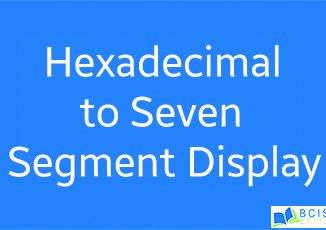
Hexadecimal to Seven segment || Combinational Logic || Bcis Notes
Hexadecimal to Seven segment The hexadecimal to seven segment encoder has 4 bit input and 7 output. Depending upon the input number, some of the […]

Hexadecimal to Seven segment The hexadecimal to seven segment encoder has 4 bit input and 7 output. Depending upon the input number, some of the […]
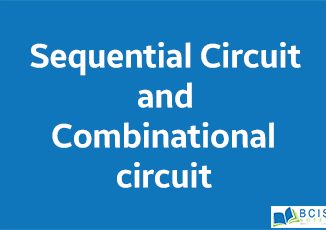
Sequential circuit A sequential circuit is the assimilation of a combinational logic circuit and a storage element. With the applied inputs to the combinational logic, […]
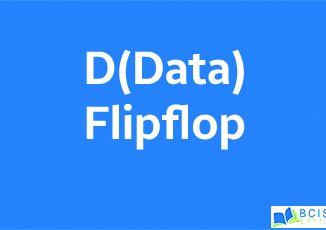
Introduction The Data flipflop is designed to overcome the problem of forbidden states and rest condition. It has single inputs that are inverted using NAND […]
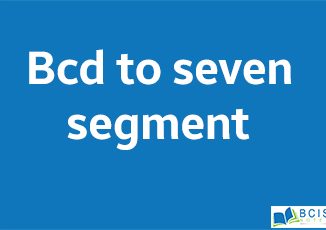
BCD to seven segment BCD numbers are made up of using four data bits similarly to hexadecimal numbers but BCD numbers only range from 0 […]
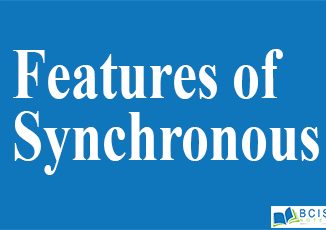
Features of Synchronous Features of Synchronous are as follows. construction is very simple in design. All the flip-flops are interconnected and will be driven by […]
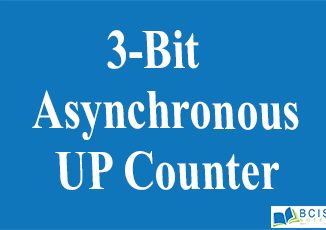
3-Bit Asynchronous UP Counter A 3-bit asynchronous binary counter is shown below. The basic operation is the same as that of the 2-bit asynchronous counter. […]
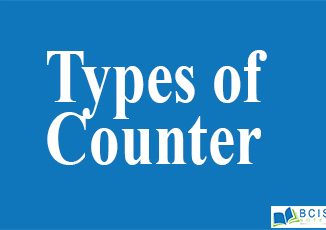
Types Of Counter The main purpose of the counter is to record the number of occurrence of some input. There are many types of counter […]

Serial In – Serial Out SISO – Definition A shift register is a digital memory circuit found in calculators, computers and data-processing systems. Bits enter […]

Parallel In Serial Out Parallel In Serial Out(PISO) PISO stands for the Parallel Input to Serial Output. The PISO shift register acts in the opposite […]
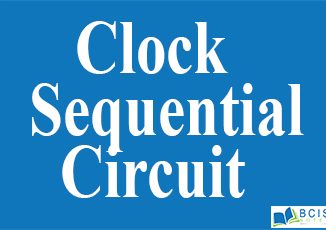
Clock Sequential Circuit The behavior of a clock sequential circuit is determined from its inputs, outputs, and state of the flip-flops. The clock signal plays […]

J-K Flip-flop And T-Flip-flop J-K Flip-flop And T-Flip-flop both are the types of flip-flops. J-K flip-flop is basically a gated S-R flip-flop with the addition […]
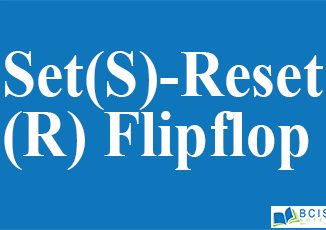
Set(S)-Reset(R) Flipflop The Set(S)-Reset(R) flipflop also knew as S-R latch can be considered as one of the most basic sequential logic circuits possible. This simple […]
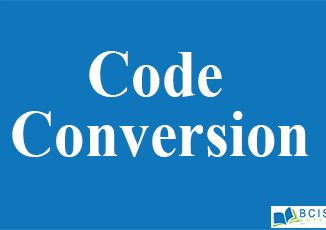
Code Conversion The availability of a large variety of codes for the same discrete elements of information results in the use of the different codes […]
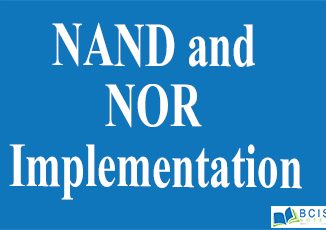
NAND and NOR Implementation Digital circuits are more frequently constructed with NAND or NOR gates than with AND and OR gates. NAND and NOR gates […]

Karnaugh Map The Karnaugh map (KM or K-map) is a method of simplifying Boolean algebra expressions. Maurice Karnaugh introduced it in 1953 as a refinement […]
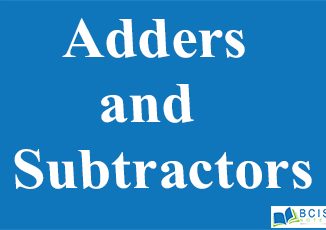
Adders and Subtractors Adders and Subtractors are described below:- Adders The most common operation performed is a digital computer is arithmetic operations. Generally, Adders are […]
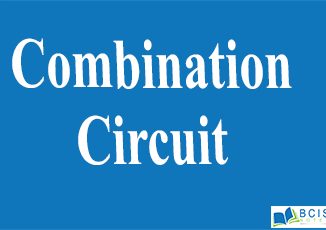
Combinational Circuit Combinational Circuit consists of logic gates whose output at any instant of time are determined by the present combination of input. Basic building […]
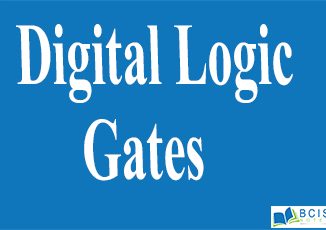
Digital Logic Gates Digital Logic Gates are the representation of signals and sequences of a digital circuit through numbers. It is the basis for digital […]
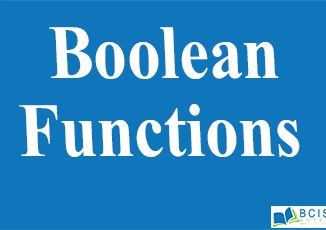
Boolean Functions A Boolean function is an expression formed with binary variables (variables that takes the value of 0 or 1), the two binary operators […]

Basic theorems & Properties of Boolean algebra: Duality The Huntington postulates have been listed in pairs and designated by parts (a) and part (b). One […]
Copyright © 2025 | WordPress Theme by MH Themes